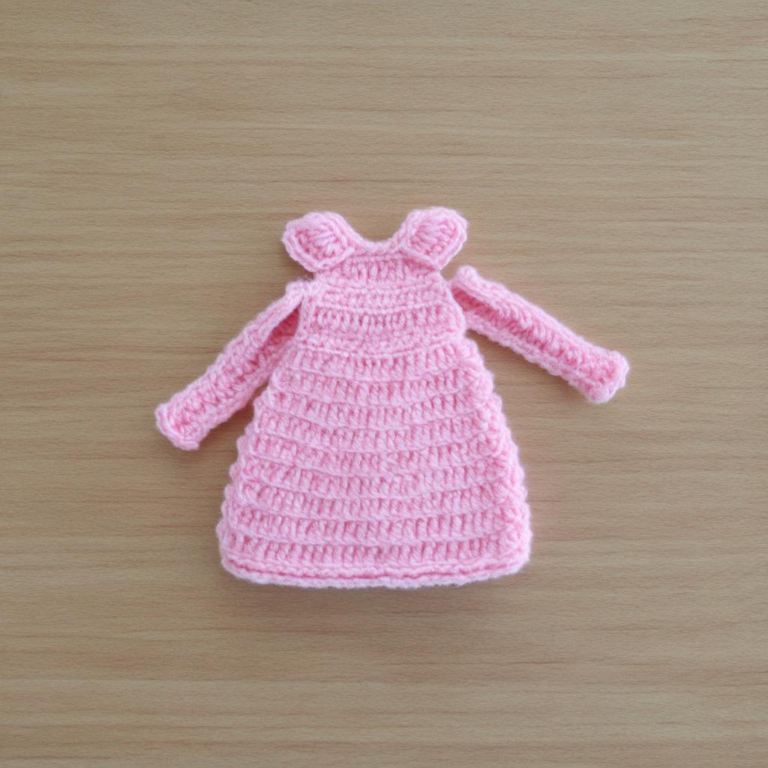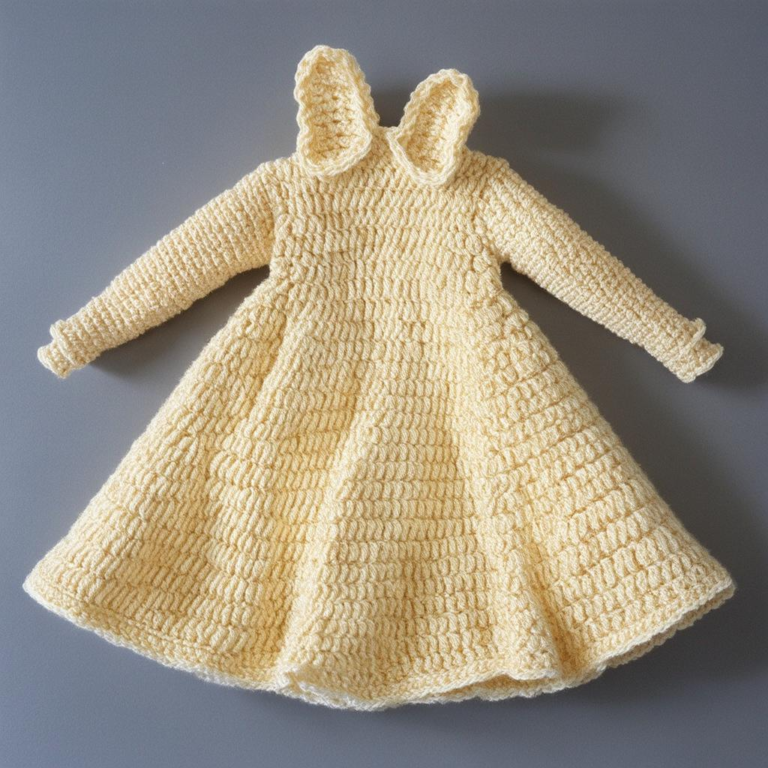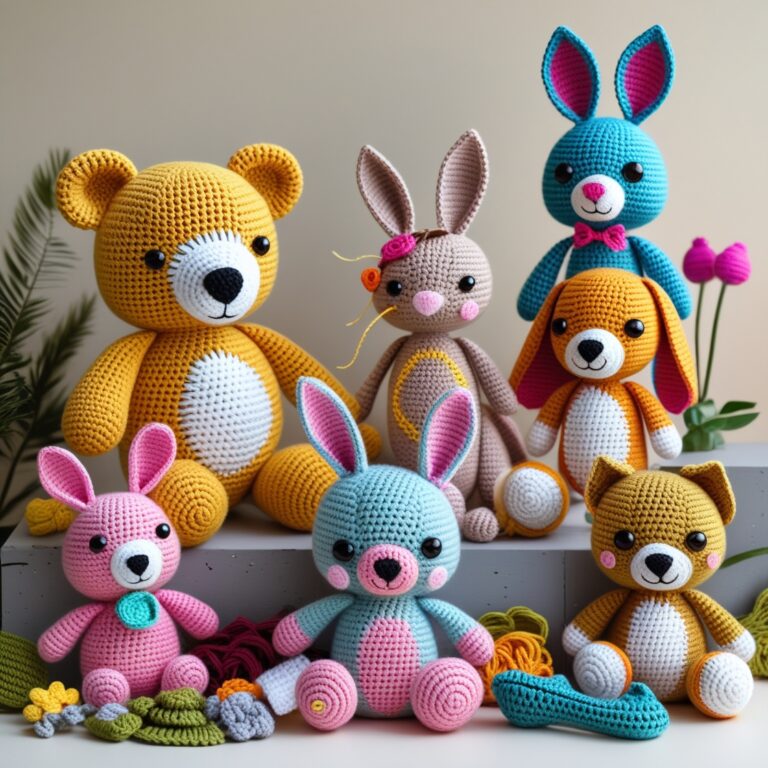Unleash Your Inner Knitter: Finding the Perfect Knitting Class Near You
Finding the perfect knitting class can feel overwhelming, especially with so many options available. Whether you’re a complete beginner dreaming of cozy scarves or an experienced knitter looking to master intricate techniques, this guide will help you navigate the world of local knitting classes and find the perfect fit. We’ll cover everything from finding classes to understanding the different types offered, ensuring you’re well-equipped to embark on your knitting journey.
Understanding Your Knitting Goals
Before diving into class searches, consider your skill level and aspirations. Are you a complete beginner hoping to learn the basics? Or are you an intermediate knitter looking to expand your repertoire with new techniques like colorwork or cable knitting? Defining your goals will help you narrow your search and choose a class that aligns with your current abilities and ambitions.
Locating Knitting Classes Near Me: A Multi-pronged Approach
Finding knitting classes near you involves leveraging various resources. Don’t limit yourself to just one method; a multi-pronged approach often yields the best results.
Harnessing the Power of the Internet
Online search engines are your first allies. Use keywords like “”knitting classes near me,”” “”beginner knitting classes,”” “”knitting workshops near me,”” and even more specific terms like “”adult knitting classes“” or “”yarn stores with classes“” to refine your search.
Several websites specialize in listing local classes:
- CourseHorse: This platform aggregates classes from various providers, making it easy to compare options and filter by skill level, location, and price. They often feature online knitting classes and workshops as well. Check their listings for advanced classes focusing on techniques like stranded knitting.
- Local Yarn Stores: Many yarn stores offer classes. Search “”[your city/town] yarn store with classes”” to find local options. Independent yarn shops often have a strong community focus, offering a welcoming environment for knitters of all levels. This is a great way to find local knitting groups as well.
Exploring Your Community
Don’t underestimate the power of local resources:
- Community Centers and Adult Education Programs: Check the websites or brochures of your local community centers and adult education programs. They often offer a variety of classes, including knitting.
- Local Craft Stores: While not exclusively focused on knitting, some larger craft stores may offer introductory knitting classes.
- Social Media: Search Facebook groups or local online forums for knitting communities. You might find recommendations for excellent instructors or hidden gems not listed online.
Specific Examples: Finding Classes in NYC
For those in New York City, several well-regarded options exist:
- The Yarn Company: Known for its beginner-friendly atmosphere and comprehensive class offerings, from absolute beginning knitting to more advanced techniques.
- Marlene Meyerson JCC Manhattan: Offers a variety of classes catering to different skill levels, often including adult knitting classes and workshops.
- Brooklyn Craft Company: A popular destination for knitters of all skill levels, offering a wide selection of classes, from Knitting 101 to advanced workshops like sock knitting. Their intermediate classes often focus on project-based learning, allowing you to create finished garments.
Beyond NYC: Finding Classes Nationwide
Even if you’re not in NYC, the principles remain the same. Use online search engines, explore local yarn stores and community centers, and utilize platforms like CourseHorse to find classes tailored to your location and skill level. Many smaller towns have active local knitting groups – checking with local libraries or community bulletin boards can be fruitful.
Types of Knitting Classes: From Beginner to Advanced
Knitting classes cater to a wide range of skill levels and interests.
Beginner Knitting Classes:
These classes are perfect for absolute beginners. They typically cover the essential techniques:
- Casting on
- Knitting (knit stitch)
- Purling (purl stitch)
- Binding off
- Basic increases and decreases
Expect to create simple projects like scarves or dishcloths to practice these fundamental skills. Look for classes that emphasize clear instruction and a supportive learning environment.
Intermediate Knitting Classes:
Once you’ve mastered the basics, intermediate classes will challenge you with more complex techniques and projects. These might include:
- Working in the round (using circular needles)
- Different stitch patterns (cables, lace, colorwork)
- Shaping (for garments)
- Reading knitting patterns
Intermediate projects could involve sweaters, hats, or more intricate scarves.
Advanced Knitting Classes:
Advanced classes are designed for experienced knitters who want to refine their skills or learn specialized techniques. These might include:
- Intarsia and fair isle knitting
- Complex lace patterns
- Designing your own knitting patterns
- Advanced techniques like three-color knitting
The Advantages of Taking a Knitting Class
While you can learn to knit from books or online tutorials, taking a class offers several key advantages:
- Expert Guidance: Learn directly from experienced instructors who can provide personalized feedback and address your individual challenges.
- Structured Learning: Classes provide a structured learning environment, ensuring you progress systematically through the fundamentals and more advanced techniques.
- Community and Support: Connect with fellow knitters, creating a supportive community where you can share tips, ask questions, and gain inspiration.
- Hands-on Practice: Classes provide ample opportunity for hands-on practice, accelerating your learning curve.
- Access to Resources: Many classes provide access to equipment and materials, eliminating the need for upfront investment.
- Project-Based Learning: Learning by creating a finished project is often more engaging and rewarding than simply practicing individual techniques.
Choosing the Right Class for You
When selecting a knitting class, consider the following factors:
- Instructor Experience: Look for instructors with a proven track record and positive reviews.
- Class Size: Smaller classes often offer more personalized attention.
- Curriculum: Review the class curriculum to ensure it aligns with your skill level and goals.
- Cost: Compare prices and consider the value provided, including materials and instructor expertise.
- Location and Schedule: Choose a class that’s conveniently located and fits your schedule.
Beyond In-Person Classes: Online and Private Options
Not everyone has access to local classes, or prefers the flexibility of learning at their own pace. Fortunately, there are alternatives:
- Online Knitting Classes: Platforms like CourseHorse offer a wide selection of online knitting classes, allowing you to learn from the comfort of your home. These classes often provide recorded lessons and instructor support.
- Private Knitting Lessons: Consider private lessons for personalized instruction tailored to your specific needs and learning style. This is especially beneficial if you have specific questions or want to focus on a particular technique.
- Group Knitting Classes: Organize a private group knitting class with friends or colleagues for a fun and social learning experience. Platforms like CourseHorse often allow you to arrange custom class scheduling.
Conclusion: Start Your Knitting Adventure Today!
Learning to knit is a rewarding and creative experience. Whether you choose an in-person class, an online course, or private instruction, the key is to find a learning environment that suits your style and goals. With a little research and planning, you can find the perfect knitting class near you and begin your journey into the wonderful world of yarn and needles. Don’t hesitate – start knitting today!
Frequently Asked Questions (FAQ)
Q: I’ve never knitted before. What should I expect in a beginner class?
A: Beginner classes typically cover the fundamental techniques like casting on, knitting, purling, and binding off. You’ll learn basic stitch patterns and create a small project, like a scarf or dishcloth, to practice your new skills.
Q: How much does a knitting class typically cost?
A: The cost of knitting classes varies depending on the location, instructor, class length, and materials provided. Expect to pay anywhere from $50 to $200 or more for a series of classes.
Q: What materials will I need for a knitting class?
A: Most beginner classes provide the necessary materials, including needles and yarn. However, it’s always best to check with the instructor beforehand.
Q: Are knitting classes suitable for all ages?
A: Yes, many classes cater to different age groups, including children, teens, and adults. Some community centers offer classes specifically designed for kids.
Q: What if I miss a class?
A: Check with the instructor about their policy on missed classes. Some instructors may offer make-up sessions, while others may provide access to recorded lessons.






